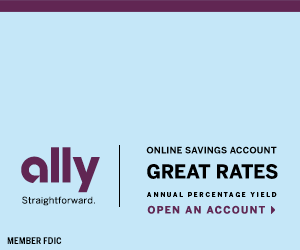Understanding Loans and Debt

Remember Economics 101? Of course you don't! But in order to make smart decisions about how to handle those loan repayments, it's important to understand how your debt works (if you actually do remember Econ, skip to the next section).
Loan Basics: Interest and Principle
Each month, your lender expects to you to cough up some money, called a monthly debt repayment. This repayment consists of two parts: principal (the original amount of the loan) and interest (the "extra" on top of the principal you have to pay each month). Interest is derived by applying the interest rate to your current outstanding principal. Like our favorite textbooks of yore, let's consider an example:
Slim Charles took a loan of $10,000 from Proposition Joe to make a purchase in Bolivia. Being a savvy business man, Prop Joe said he could afford to lend the money at a 7% monthly interest rate. Afterwards, he told Slim to pay him back $100 of the principle loan each month. So how much does he have to pay in the first month? Unfortunately, it's not $100—he must also pay the 7% interest on the principal, which in the first month is still $10,000. So he must pay $700 ($10,000 x 7%) in addition to the $100 principal payment. Thus, his total first month payments is $800, and his outstanding balance after this repayment is $9,900.
See how much interest can hurt? (This clearly was a very simplified example--for starters, there will be a minimum principal repayment each month that you won't get to choose--but we do think this example gets the point across.)
Well, it only gets worse if you miss a payment. Let's get back to Slim:
Slim had a rough month on the corner and now he's broke. He still owes $10,000 and was supposed to repay $800 this month (principal plus interest), but he can't pay anything. Like most lenders, Prop Joe decides to capitalize the interest payment. This means that the interest Slim should have paid (e.g., $700) will now be added to his principal, thus making the new principal $10,700. And guess what? Next month, Prop Joe will use this new principal to calculate the interest payment (e.g., 7% of $10,700), so Slim will be even deeper in the pit.
Among other reasons, capitalized interest is why you never want to skip a repayment installment. That's how debt balloons out of control (and, in Slim's case, how you might get rubbed out).
Understanding Variable Rates
Now that we've covered the basics of principle vs. interest, let's get more specific about your situation: you've got debt from college and you're dealing with large-scale lenders who run their business according to market conditions (no offense to Prop Joe's hustle). What this means is that while interest rates will generally be somewhere between 3% and 7%, they are variable and can change every year depending on what's going on in the economy. For example, on July 1, 2008, the government decreased rates on Stafford and PLUS loans from as high as 8% down to as low as 3.6%. So what's a grad to do?
Needless to say, the best thing to do when interest rates drop is to lock in your rates by consolidating your debt. Once you do that, your lender is obliged to honor that rate for the duration of your loan. The drawback? If rates drop any further, you can't take advantage of them (but if they rise, slick move). Here at Gradspot, we think of the economy as a highly unpredictable beast and tend to discourage holding out for more favorable rates. That said, if you know with almost perfect certainty that interest rates will be decreasing (e.g., the government announced that they would be decreasing loans prior to their actually doing so), then by all means wait to consolidate (assuming you've decided consolidation makes sense for you).
Need to know more about how to handle your debt? Refer to our other articles:






Comments
(1)A major part of understanding loans and debt is understanding math. The math in this article is incorrect: $10,000 x 7% is $700, and NOT $70. The first payment here would be $730, and not $100. Good information, but not-so-good attention to details.
POST YOUR COMMENT